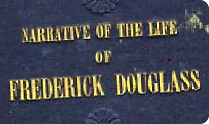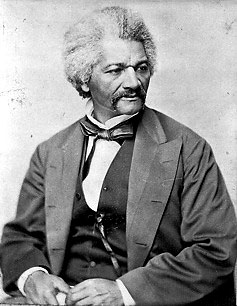How To Read A Slave Narrative
Tuesday, Oct. 26, 2010
7:00 p.m.–8:30 p.m. (EST)

Leader
E. Maynard Adams Professor of English
The University of North Carolina at Chapel Hill
About the Seminar
Slave narratives comprise one of the most influential traditions in American literature, shaping the form and themes of some of the most celebrated and controversial writing, in both autobiography and fiction, in the history of the United States. In recent years, as their importance has been recognized, slave narratives have appeared on more and more high school literature curricula. How did they evolve? What are their major themes? How do narratives written by men differ from those written by women? How do they portray slavery and freedom? How have they influenced later writing, and what can they say to students in the twenty-first century?
Framing Questions
- How do Douglass and Jacobs portray slavery in their narratives?
- What is the threat that slavery in general and the two white men, Covey and Flint, in particular represent to the two teenagers, Frederick and Harriet, as we encounter them in the selected passages from the Douglass and Jacobs texts?
- In Incidents in the Life of a Slave Girl, Jacobs states that “Slavery is terrible for men; but it is far more terrible for women.” Would Douglass have agreed?

Enter Moodle Forum
Assigned Readings
To incorporate seminar texts into your teaching, we offer the National Humanities Center’s Primary Document Application Form.Primary Sources
- From Narrative of the Life of Frederick Douglass (1845), pp. 56-73.
- From Douglass, My Bondage and My Freedom (1855), pp. 214-219, 234-249.
- From Incidents in the Life of a Slave Girl (1861), pp. 82-89.
The seminar will consider these texts broadly, but for each it will focus on specific passages for close reading. Study these focus passages in the light of the accompanying discussion questions and note what you take to be significant details in each. We strongly recommend that you print out the “focus passages” and have them available during the seminar.
Focus Passages (PDFs)
- Narrative of the Life of Frederick Douglass
- My Bondage and My Freedom
- Incidents in the Life of a Slave Girl
Secondary Sources
From Freedom’s Story from the National Humanities Center:
- William L. Andrews, “How to Read a Slave Narrative”
- Lucinda MacKethan, “Frederick Douglass and Harriet Jacobs: American Slave Narrators”
Optional Reading
From Freedom’s Story from the National Humanities Center:
- James H. Sweet, “Slave Resistance”
Presentation
PowerPoint: 1.4 MBOnline Evaluation
Seminar Recording
Download Recording (You will need to install the WebEx ARF player, available at download, to play back the recording.)
